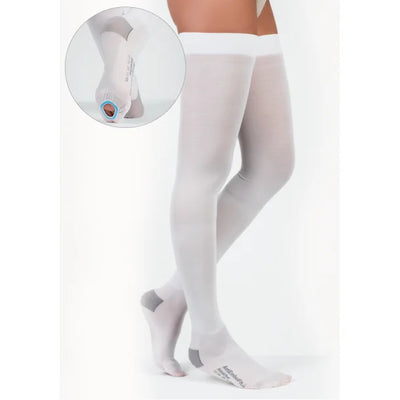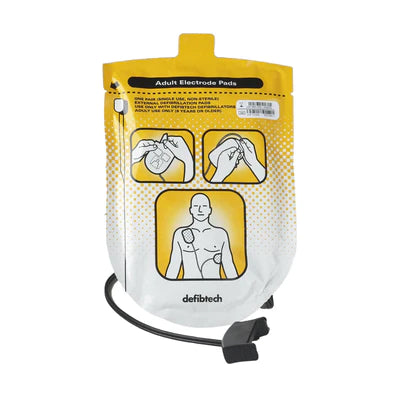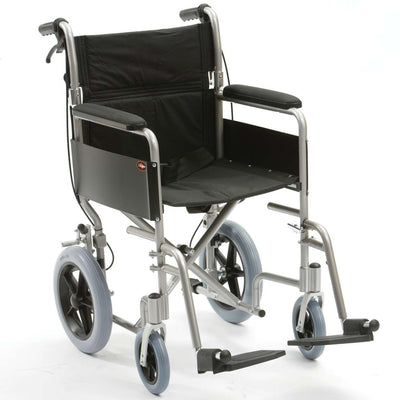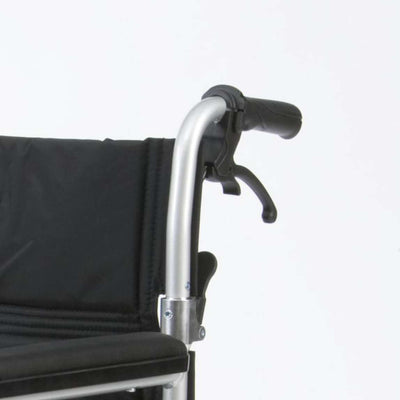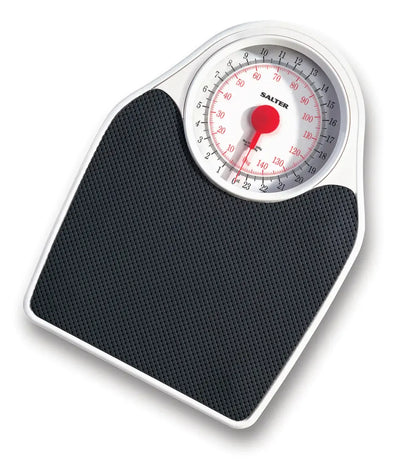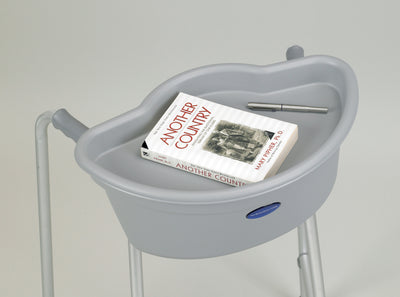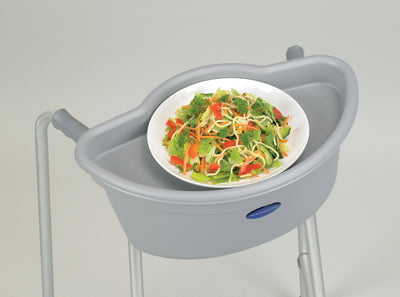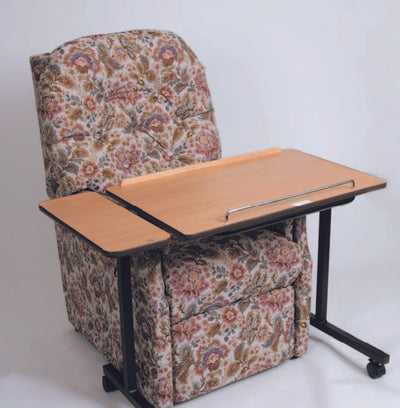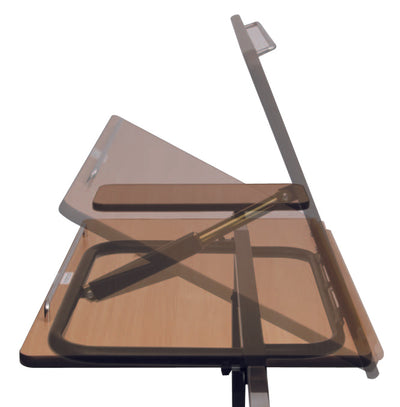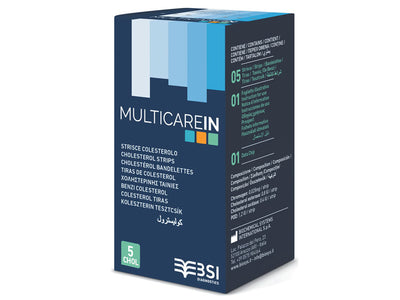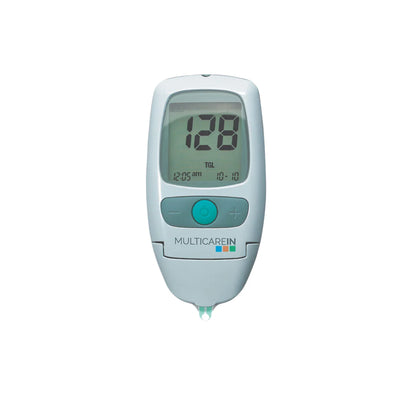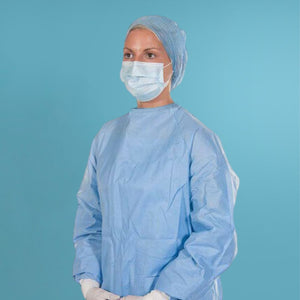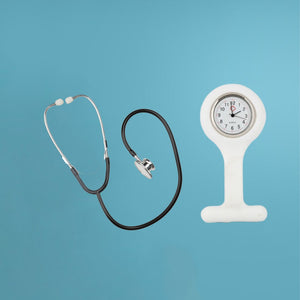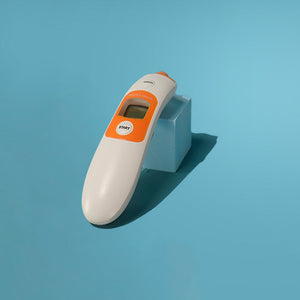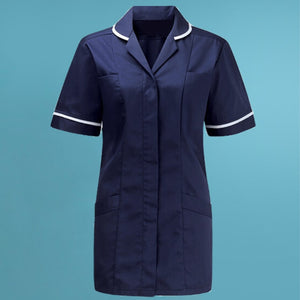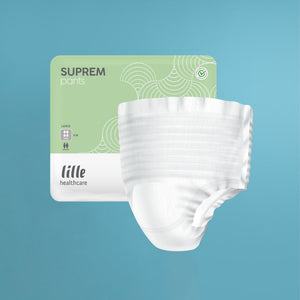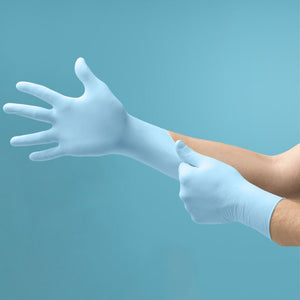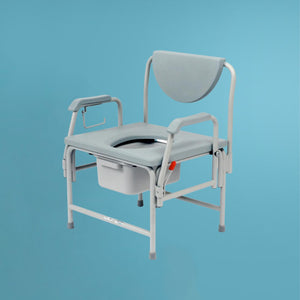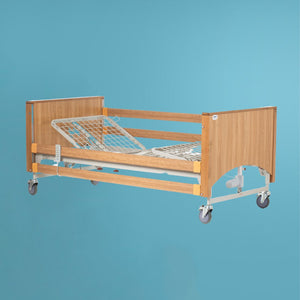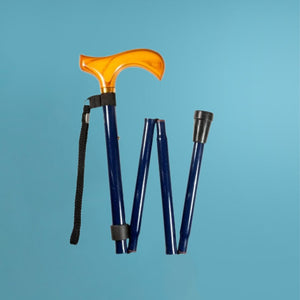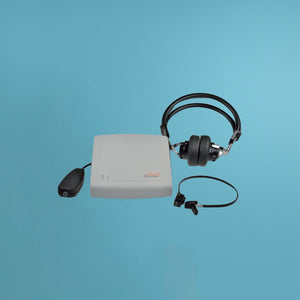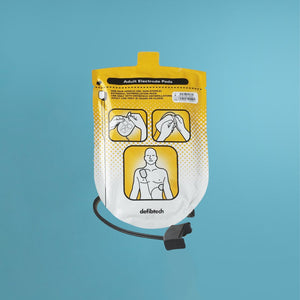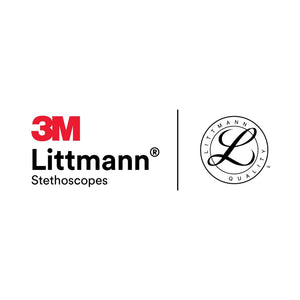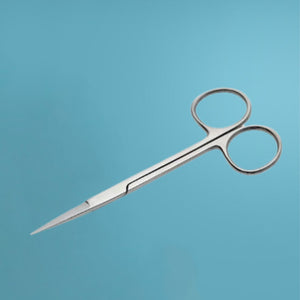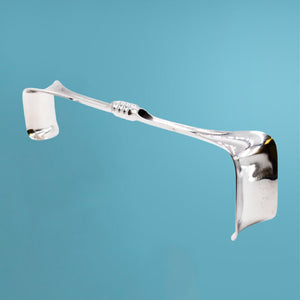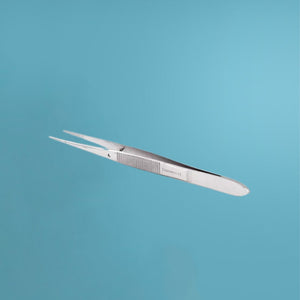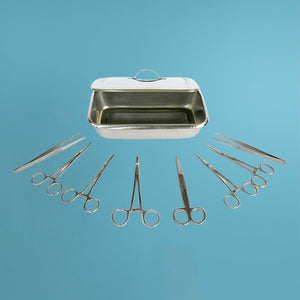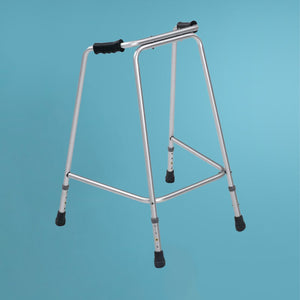An audiometer is used to evaluate a person's hearing ability. It measures the range and sensitivity of a person’s hearing across different frequencies and intensities, helping to diagnose hearing loss or auditory disorders.
Audiometers
Audiometry
Autoclaves & Washer-Disinfectors
Bags & Cases
BEST SPIROMETRY
Blood Pressure Monitors
Classic II Paediatric Stethoscope
Clothing & Scrubs
Commodes
Continence Supplies
Couches & Accessories
Defibrillators
Defibrillators (AED) & Resuscitation
Dermatology
Diagnostic Sets
Diagnostic Tests
Digital Blood Pressure Monitors
Doctors Bags
Dopplers
Dressing & Wound Care
ECG
ENT
First Aid
First Aid Kits
Fridges
Furniture
Gloves
Gynaecology
Hand Sanitiser / Wipes / Cleaning
Holloware
Hospital Beds
Injection & Infusion
Littmann Stethoscopes
Medical Equipment
Medical Face Masks & Visors
Mobility Aids
Mobility Scooters
Nebulisers
Nursing Equipment
Paper Products
Physiotherapy Supplies
Podiatry
PPE, Hygiene and Sanitary Control
Protective Wear
Pulse Oximetry
Scales & Measurement
Sharps Bins
Surgical Instruments
Sutures
Syringes
Test Kits
Thermometers
Wheelchairs

